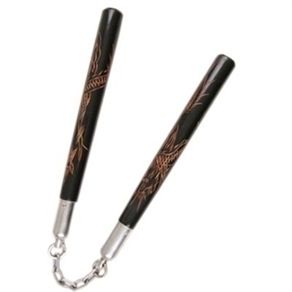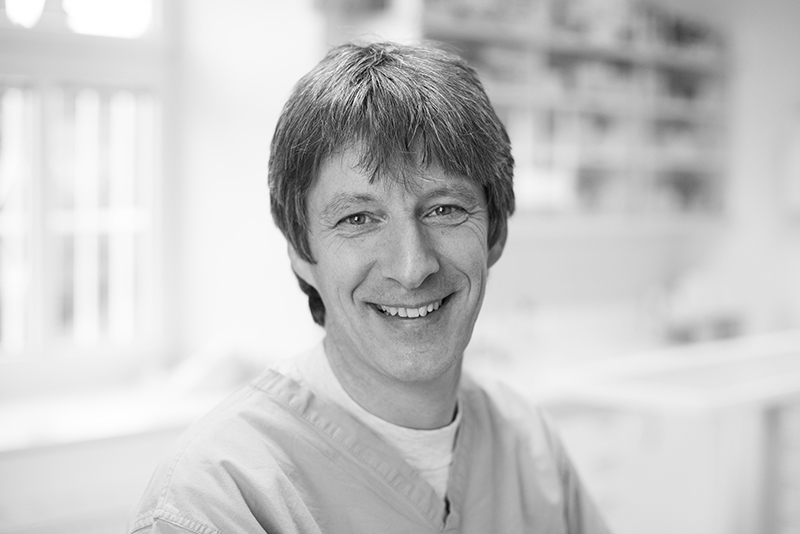
This was the time of the depression, and no university would think of employing the wife of a professor.

In 1930 she went with him to the Johns Hopkins University in Baltimore. Shortly before she had met Joseph Edward Mayer, an American Rockefeller fellow working with James Franck. There were three Nobel Prize winners on the doctoral committee, Born, Franck and Windaus. She took her doctorate in 1930 in theoretical physics. She is deeply indebted to Max Born, for his kind guidance of her scientific education. This was the time when quantum mechanics was young and exciting.Įxcept for one term which she spent in Cambridge, England, where her greatest profit was to learn English, her entire university career took place in Göttingen. But soon she found herself more attracted to physics. In the spring of 1924 she enrolled at the University at Göttingen, with the intention of becoming a mathematician. Maria Goeppert finally took the abitur examination in Hannover, in 1924, being examined by teachers she had never seen in her life. This school closed its doors during the inflation, but the teachers continued to give instructions to the pupils. In Göttingen there was only a privately endowed school which prepared girls for the “abitur”, the entrance examination for the university. Yet, at that time it was not trivially easy for a woman to do so.

It somehow was never discussed, but taken for granted by her parents as well as by herself that she would go to the University. She went to private and public schools in Göttingen and had the great fortune to have very good teachers. In 1910 her father went as Professor of Pediatrics to Göttingen where she spent most of her life until marriage. On her father’s side, she is the seventh straight generation of university professors. M aria Goeppert Mayer was born on June 28, 1906, in Kattowitz, Upper Silesia, then Germany, the only child of Friedrich Goeppert and his wife Maria, nee Wolff. Share via Email: Maria Goeppert Mayer – Biographical Share this content via Email.Share on LinkedIn: Maria Goeppert Mayer – Biographical Share this content on LinkedIn.Tweet: Maria Goeppert Mayer – Biographical Share this content on Twitter.Share on Facebook: Maria Goeppert Mayer – Biographical Share this content on Facebook.His brilliance, originality, wit and perception will be missed by historians and performers all over the world. In many ways Howard had always been a European, and at the time of his death had been planning to take early retirement and to divide his time between London and Paris. Travelling and teaching abroad became increasingly important, particularly in France (where he became a regular visitor to the Centre d'Etudes Superieures de la Renaissance, at Tours), and in England (any excuse for a week's stay at the Reform Club in London was eagerly seized).
UNIVERSITY OF CHICAGO 1930 DR. MAYER FULL
He was now at the height of his powers, and while on the one hand he continued to produce important works of scholarship, such as A Florentine Chansonnier from the Time of Lorenzo the Magnificent (in two volumes, 1983), on the other he still found time to play a full role in national and international bodies, serving as President of the American Musicological Society and Vice-President of the International Musicolgical Society. To the dismay of his many friends, students and admirers in Britain he returned to Chicago after only two years he was to remain there, as Ferdinand Schevill Distinguished Service Professor, for the rest of his life. He had not really bargained for the administrative burden that falls on professors in British universities (on bad days he would claim that in the Strand he was further from the British Library than he had been in Chicago) and those elements of anti-intellectualism masked as 'real' musicianship that are such a depressingly familiar aspect of the English tradition could drive him to distraction and sometimes to hard words in public. Further books and articles appeared, notably his study of instrumentation in 16th-century Italian festival music and Musical Iconography (1972), the first comprehensive handbook for students on the subject (written with Joan Lascelle).

Outside the university he became much involved in the musical life of London, then a leading centre for the performance of early repertories. His impact at London was great, not so much in the formal sense of changed syllabuses but simply through the charismatic force of his example and his seemingly tireless concern with the intellectual interests of his students.


 0 kommentar(er)
0 kommentar(er)
